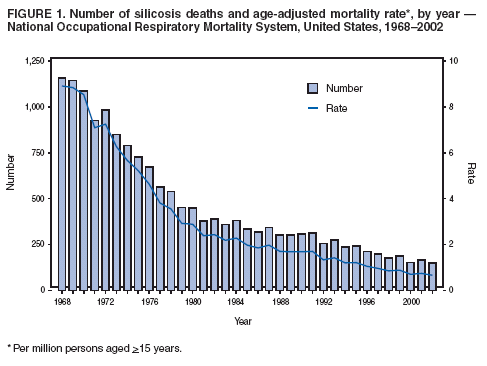“When Congressman Rahall cast his vote in favor of a carbon tax, he clearly voted against the interests of West Virginians. Coal is the lifeblood of the West Virginia economy, but a carbon tax would kill coal and harm West Virginia families and all Americans. Not only do West Virginians rely primarily on coal for affordable electricity, but the coal industry also provides tens of thousands of good paying jobs in the state. By supporting a carbon tax, Congressman Rahall has shown his disregard for these jobs and the well being of his constituents.
“Actions speak louder than words. And by denying his actions in support of a carbon tax, Rahall is not only hurting his constituents in coal country, but adding insult to injury. West Virginia families deserve better from their elected officials.”
The television advertisements will air in the West Virginia markets of Bluefield-Beckley-Oak, Charleston-Huntington, Clarksburg-Weston, and Roanoke-Lynchburg. The radio ads will air in Beckley, Bluefield, Huntington-Ashland, and throughout other parts of the state. The total cost of the ad buy is approximately $350,000.
To read the fact sheet supporting AEA’s “Let’s See” ad, click here.
To view AEA’s “Let’s See” television ad, click here.
To read the fact sheet supporting AEA’s “Play Straight” ad, click here.
To listen to AEA’s “Play Straight” radio ad, click here.










